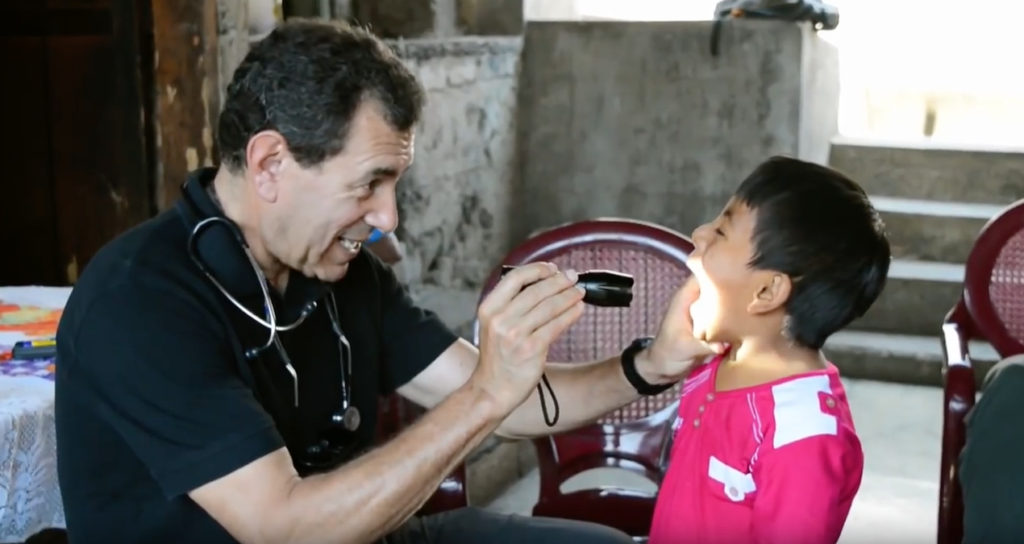Stanford University opened in 1891 to “promote the public welfare by exercising an influence in behalf of humanity and civilization,” in the words of founders Jane and Leland Stanford.
For 125 years, Stanford students and scholars have pursued these lofty goals. They have developed ways to improve human understanding of one another, to care for our planet and to foster opportunity for everyone.
Watch some highlights of this 125-year journey on a Stanford video produced for the 2016-17 athletic season.
The video includes such landmarks of innovation as the Palo Alto garage where, in 1939, Stanford graduates William Hewlett, ’34, ENG ’39, and David Packard, ’34, ENG ’39, founded the company now known as HP to develop Hewlett’s graduate-school project, the precision audio oscillator.
Also featured are some of the Stanford people who have put their knowledge to work in the world:

Arthur Kornberg, professor emeritus of biochemistry at the School of Medicine, shared the 1959 Nobel Prize in Physiology or Medicine for the test-tube synthesis of DNA – and begat another Nobel laureate, his son Roger Kornberg, PhD ’72, who became a Stanford professor of structural biology and was awarded the Nobel in chemistry in 2006.
Biology and neurobiology Professor Carla Shatz works to restore brainpower at a molecular level. As director of the life science institute Bio-X, Shatz leads a larger initiative to amplify Stanford’s research power by uniting its scientists in interdisciplinary collaboration to tackle life sciences’ toughest problems.

Stanford pediatrician Paul Wise and the Guatemala Rural Child Health and Nutrition Program have saved hundreds of children’s lives by slashing nutrition-based mortality and speeding the training of local health workers through technology.
Explore a timeline of other great Stanford moments over 125 years.